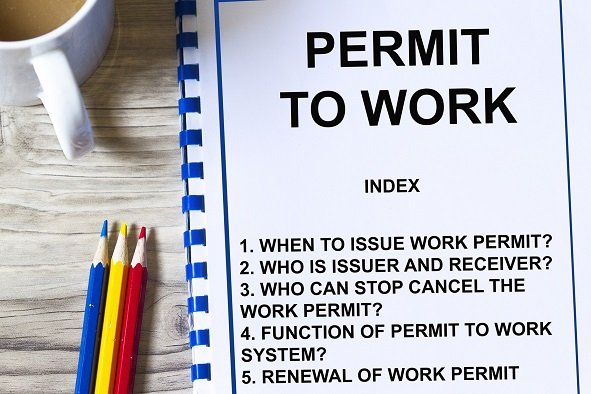Safety Culture & HSE Leadership (Soft Skills Angle) – One Day USD 150 / Two Days USD 250 Per Pax
Description
-
Introduction to Safety Culture and HSE Leadership
-
Understanding the concept of safety culture
-
The role of leadership in promoting HSE excellence
-
Linking soft skills with safety performance
-
-
The Human Side of Safety
-
Why people take risks: human behavior and psychology
-
Recognizing unsafe attitudes and habits
-
Encouraging personal accountability for safety
-
-
Building a Positive Safety Mindset
-
Shifting from compliance to commitment
-
Empowering employees to think and act safely
-
Reinforcing proactive safety behaviors
-
-
Leadership and Influence in HSE
-
Leadership styles and their impact on safety outcomes
-
Leading by example and visible safety leadership
-
Using influence to drive behavioral change
-
-
Communication for Safety Leaders
-
Effective communication techniques in safety conversations
-
Delivering safety messages that engage and motivate
-
Active listening and feedback during safety discussions
-
-
Emotional Intelligence in HSE Leadership
-
Recognizing and managing emotions in high-risk environments
-
Using empathy to connect with teams
-
Building trust through emotional awareness
-
-
Team Engagement and Motivation
-
Encouraging ownership of safety responsibilities
-
Recognizing and rewarding safe behavior
-
Creating a collaborative safety environment
-
-
Behavior-Based Safety (BBS) and Observation Skills
-
Understanding BBS principles
-
Conducting safety observations and positive interventions
-
Providing constructive feedback without blame
-
-
Managing Stress and Safety in the Workplace
-
Impact of fatigue, pressure, and stress on decision-making
-
Coping mechanisms for maintaining focus and safety
-
Promoting mental well-being as part of safety culture
-
-
Conflict Management and Safety Communication
-
Addressing resistance and differing opinions respectfully
-
Managing conflict during safety enforcement
-
Encouraging open dialogue and reporting culture
-
Continuous Improvement and Learning from Incidents
-
Turning near-misses into learning opportunities
-
Encouraging transparency and non-punitive reporting
-
Building a culture of continuous improvement
-
Creating and Sustaining a Strong Safety Culture
-
Embedding HSE leadership principles organization-wide
-
Measuring safety culture maturity
-
Developing long-term behavioral change strategies




